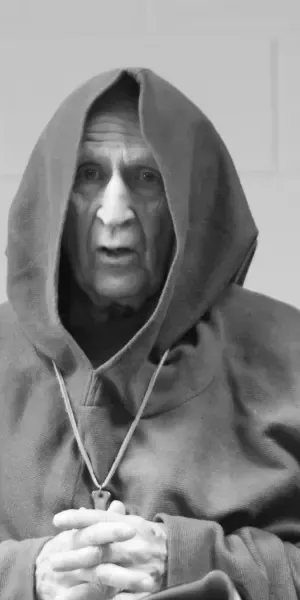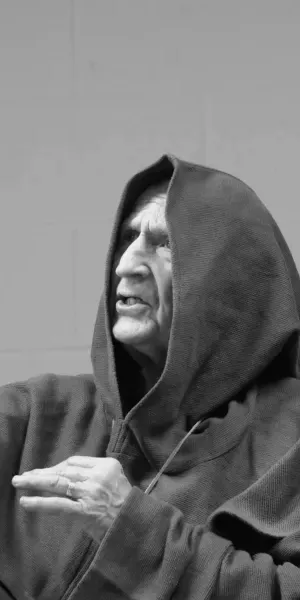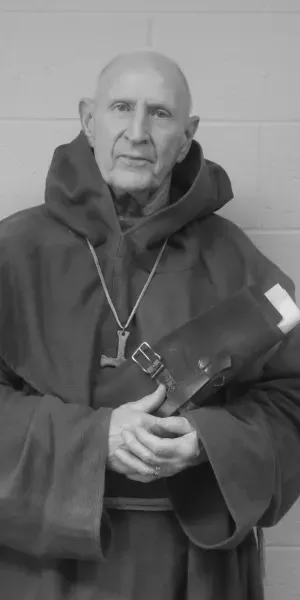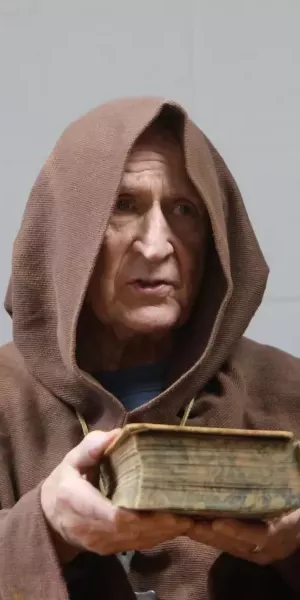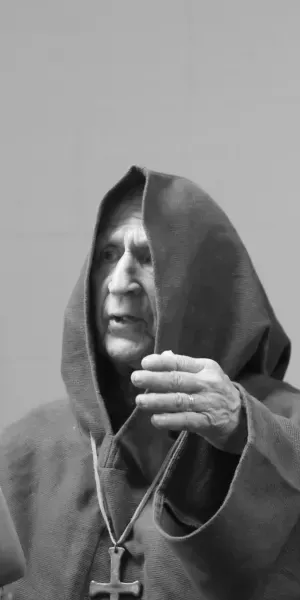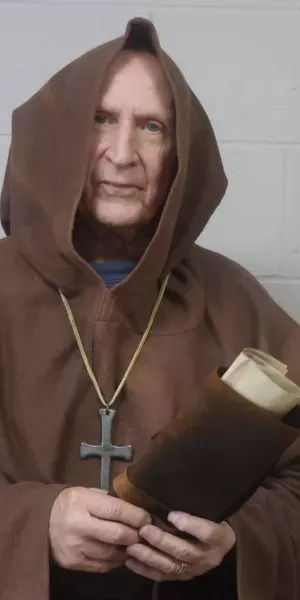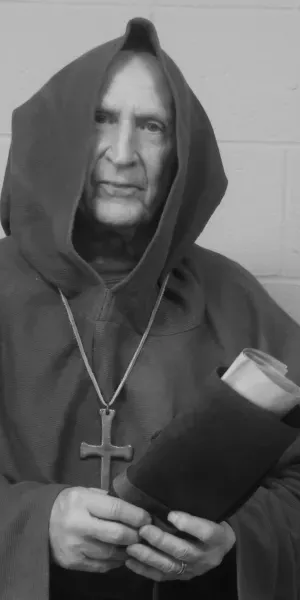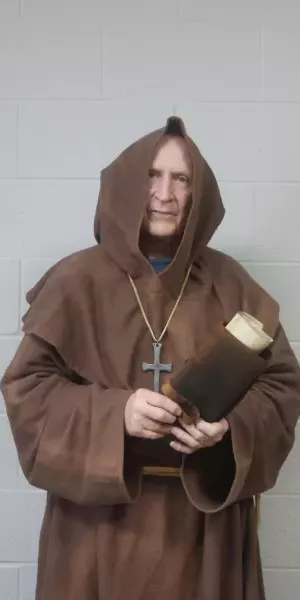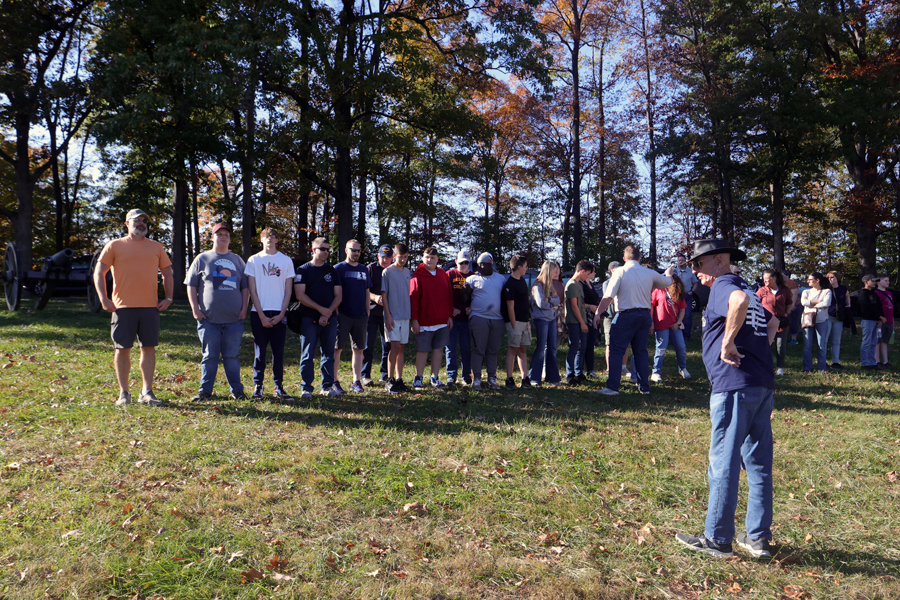Witnessing History at Genesis Christian Academy
Imagine stepping back in time and witnessing a pivotal moment in history firsthand. That’s exactly what students at Genesis Christian Academy in Ashland, Ohio had the opportunity to do when Kenneth Hammontree, a history teacher at the academy, portrayed Martin Luther and the Reformation on October 31, 1517. This immersive experience allowed the students to gain a deeper understanding of the remarkable events and a day in history.
Martin Luther: The Key Figure of the Protestant Revolution
Whatever opinion one holds regarding the value of Luther’s reformatory work, he is by common consent the key figure in the Protestant Revolution that changed the course of the church and all of Europe. On October 31, 1517, there was only one Protestant – Martin Luther. A few years later, there were millions. The violent explosion known as the Reformation split the church of the 16th century into a number of segments, of which the Lutheran Church is one.
The Start of the Reformation: Luther’s 95 Theses
The Reformation began on the eve of All Souls’ Day, October 31, 1517. On that day, Martin Luther, professor of Biblical studies at the newly founded University of Wittenberg in Germany, announced a disputation on indulgences. He stated his argument in 95 Theses. Though they were heavily academic and moderate in tone, news of them spread like wildfire throughout Europe. All marveled that one obscure Augustinian Monk, a Black Friar of the Augustinian Hermits to be exact, from an unknown university had stirred the whole of Europe.
Luther’s Stand Against the Roman Catholic Church
Luther saw that the trade in indulgences was wholly unwarranted by Holy Scripture, reason, or tradition. His contemporaries knew at once that Luther had touched the exposed nerve of the Roman Catholic Church. Christian Europe was never the same again. Luther was excommunicated by the Pope in 1520 and finally outlawed by the Emperor Charles V at the Diet of Worms in 1521. Luther’s dramatic stand against both the Pope and Emperor fired the imagination of all Europe.
The Birth of the Protestant Movement
In 1529, at the Diet of Speyer, the Emperor Charles V attempted to stop Luther’s movement by force. However, some of the princes of the various German states stood up in ‘protest’. The movement, which intended to reform Catholicism from within, separated and became known as the Protestant movement. However, in the end, Luther’s movement split the Christian Church in Europe.
The Life and Journey of Martin Luther
Martin Luther, the great German Reformer, was born in Eisleben as the son of a peasant and studied law at the University of Erfurt. In 1505, he joined the Augustinian Hermits in Erfurt, and after taking a dramatic vow during a terrible thunderstorm experienced a sudden conversion. Luther was ordained in 1507 and after studying theology and law, he was sent to the University of Wittenberg. There, he soon became a Biblical Bachelor and Sententiary in 1509, and later, a Doctor of Theology.
Luther’s Opposition to Indulgences
During a visit to Rome, Luther became acquainted with the heathenish life of the Roman Curia. Luxury and license were everywhere as he realized, as never before, the uses that were being made of the vast sums of money extorted each year from the German people and Church. The Elector and Archbishop Albert of Mainz had made an arrangement with Leo X to raise a large sum of money by the sale of indulgences. Luther’s main thrust at first was not to break away from the mother church but to eliminate indulgences and corrupt preachers such as Tetzel.
Luther’s Stand for a Translated Bible
In 1518, Luther’s 95 Theses were condemned by the Pope and Luther was summoned to Rome. Luther refused to recant on all issues unless his ideas could be refuted on scriptural grounds. For his own safety, he was seized and taken to the Wartburg Castle under the protection of Frederick of Saxony. There, in the castle, he devoted his energies to translating the New Testament into German so that the Bible might be read by all. Luther opened up a new world for the average person to read and understand the Bible in their language, German. He affirmed the final authority of a self-interpreted Bible and rejected non-scriptural beliefs held by the Church.
In conclusion, the portrayal of Martin Luther and the Reformation on October 31, 1517, performed by Kenneth Hammontree at Genesis Christian Academy in Ashland, Ohio, provided students with a unique opportunity to witness a significant moment in history. Luther’s role as the key figure in the Protestant Revolution and his stand against the Roman Catholic Church shaped the course of Christianity and European society. Through his translations of the Bible, Luther empowered the common man to read and understand scripture, challenging the authority of the Church. These events continue to have a profound impact on religious and cultural practices to this day.
Other great speeches by Kenneth Hammontree:
- 2023 Speaker Series: Ken Hammontree as Johnny Appleseed
- Ken Hammontree as General Douglas MacArthur at the 10th Ashland County Veterans Appreciation Day
- Reviving History: A First-Person Experience at Genesis Christian Academy
- The Strange Stories of the Battle of Gettysburg 1863 By Kenneth Hammontree
- Chatauqua in Mount Vernon Ken Hammontree (George Washington)
- General Eisenhower Portrayed by Kenneth Hammontree: Unforgettable Lecture at Genesis Christian Academy
- Uncovering the Heroic Narrative of Oskar Schindler: A Presentation by Kenneth Hammontree at Genesis Christian Academy
- Madcap Living History Presents “Chatauqua in Mount Vernon” A Righteous Gentile vs. Hitler and the Third Reich
- I give you President Harry S. Truman
- A Righteous Gentile vs. Hitler and the Third Reich
- St. Nicolas, or Father Christmas, or Santa Claus.Will the real person step forward, please!
- The Spy Ring that Saved the American Revolution
- No Greater Love

